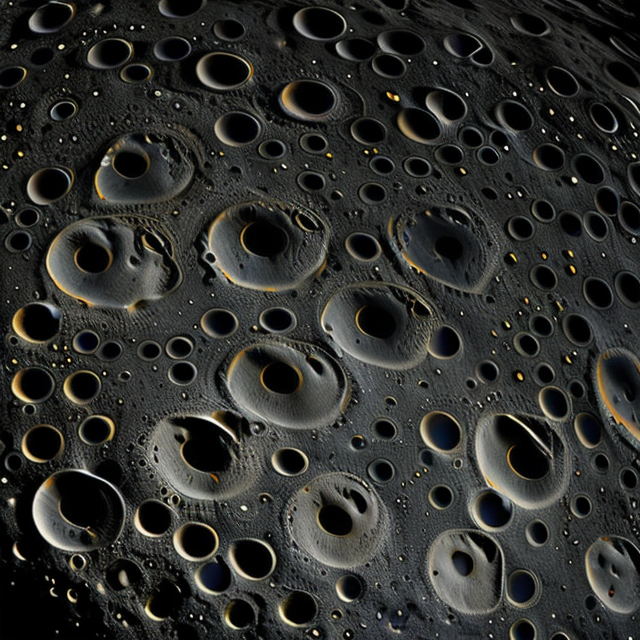|
|
Space Astro
|
Info for exoplanet "Myapanya-re"
| Scientific (actual) data |
|---|
| Planet | Kepler-365 b |
| Planet status | Confirmed |
| Radius | 0.182 |
| Orbital period | 10.6649 |
| Semi major axis | 0.098 |
| Discovered | 2014 |
| Updated | 2021-02-05 |
| Tconj | 2454960 |
| Impact parameter | 0.87 |
| Publication | Announced on a website |
| Detection type | Primary Transit |
| Alternate names | 2MASS J19423038+4907495 b, K02163.01, KIC 11358389 b, KOI-2163 b, KOI-2163.01, WISE J194230.38+490749.5 b |
| Star name | Kepler-365 |
| Right ascension | 295.63° |
| Declination | 49.13° |
| Mag j | 13.484 |
| Mag h | 13.155 |
| Mag k | 13.145 |
| Star distance | 950 |
| Star metallicity | -0.046 |
| Star mass | 0.99 |
| Star radius | 1.05 |
| Star temperature | 6012 |
| Star alternate names | 2MASS J19423038+4907495, KIC 11358389, KOI-2163, WISE J194230.38+490749.5 |
| Wikipedia article | Kepler-365 b |
Back
| |
| Fictional info (?) |
|---|
| Suggested name | Myapanya-re |
| Planet type | Warm planet |
| In English, Myapanya-re is often referred to as the "yellow planet" because the ozone prevalent on its surface gives it a slight yellow appearance that is unusual among the astronomical bodies visible to the naked eye.
For this reason, scientists often classify Myapanya-re and Fuba as "warm planets" to distinguish them from the other planets. This warm planet is named after the deity Myapanya-re, the spirit of dreams.
When viewed from Earth, this proximity to Kepler-365 means the planet can only be seen near the western or eastern horizon during the early evening or early morning.
As seen relative to the fixed stars, it rotates on its axis exactly five times for every five revolutions it makes around Kepler-365. |
| Atmosphere | Carbon monoxide | 57% |
| Ozone | 34% |
| Helium | 8.6% |
| Nitrogen | 0.18% |
| Xenon | 0% |
| Atmospheric pressure | 0.0015 bar |
 |
| Moon | Kebegu Chucho Se | Small slightly egg-shaped crater-filled moon |
| Kyagyou Guntsuchi | Small irregular gaseous moon |
| Google search for Myapanya-re |
|
Website by Joachim Michaelis
|
|
|
|